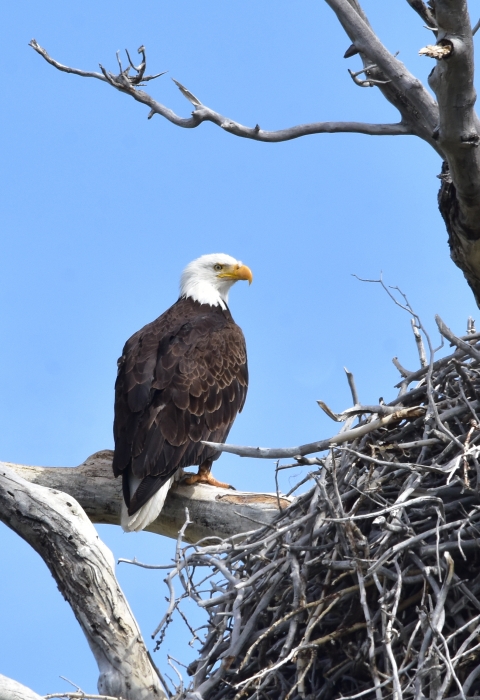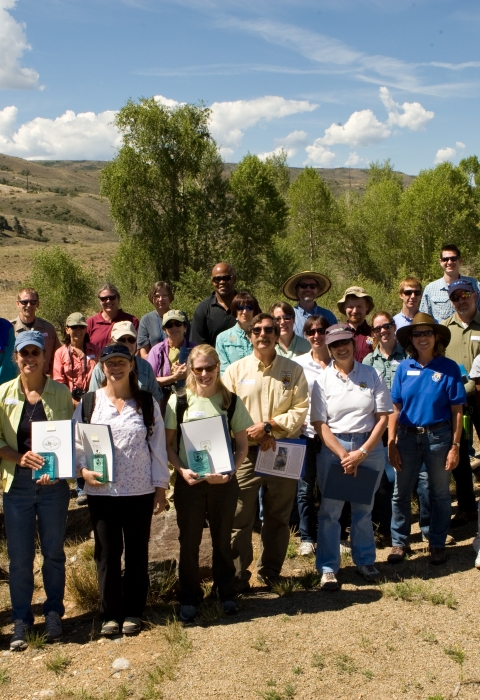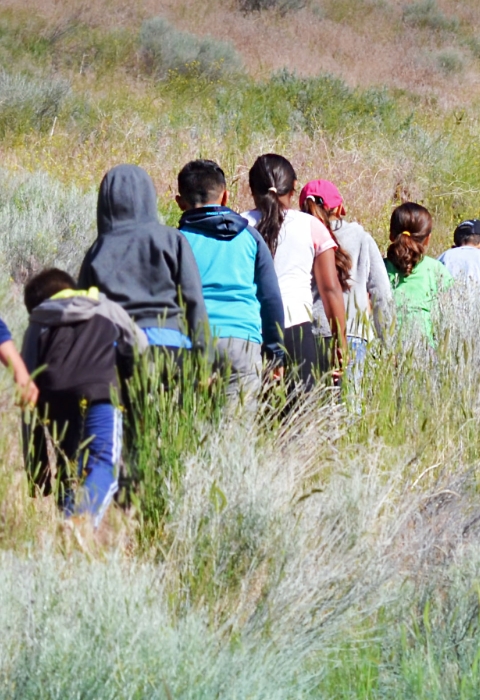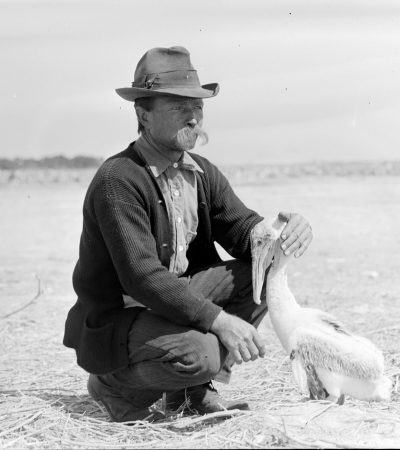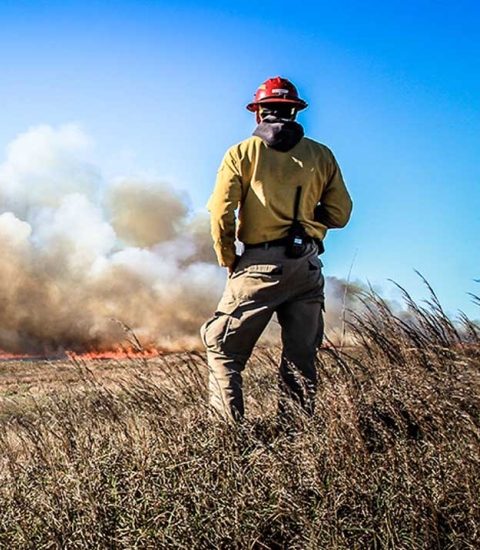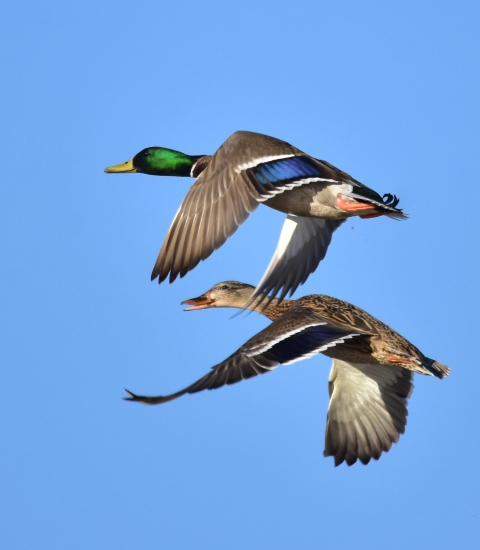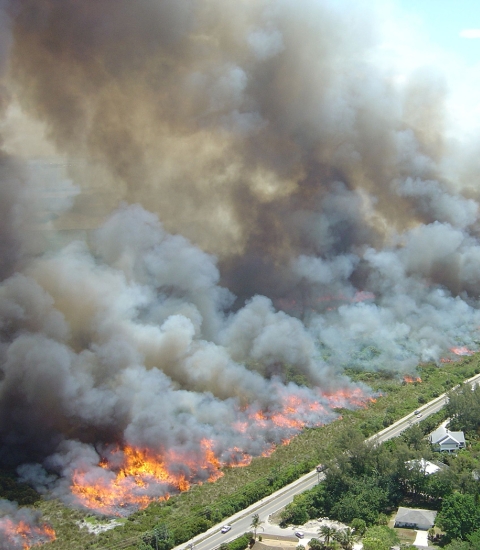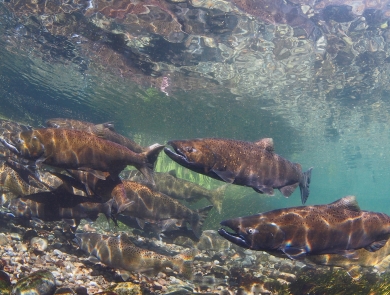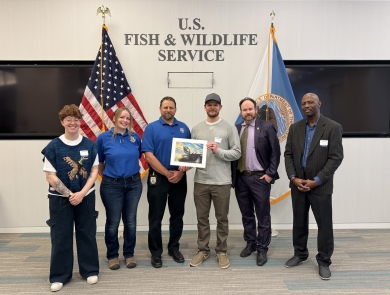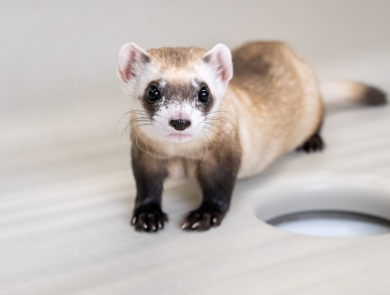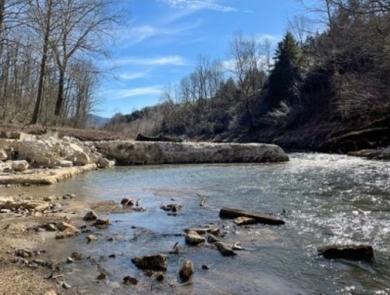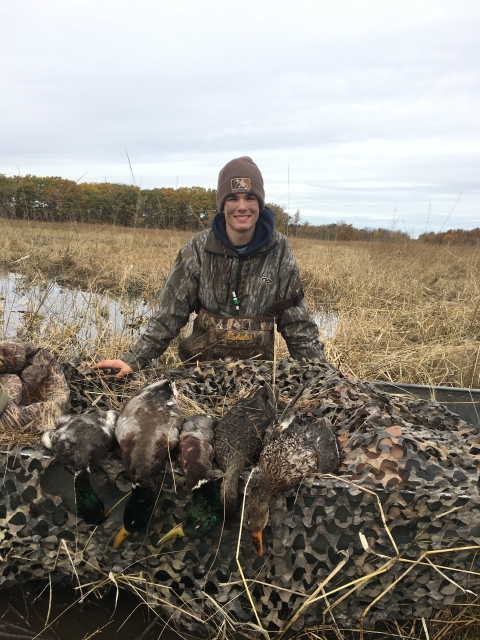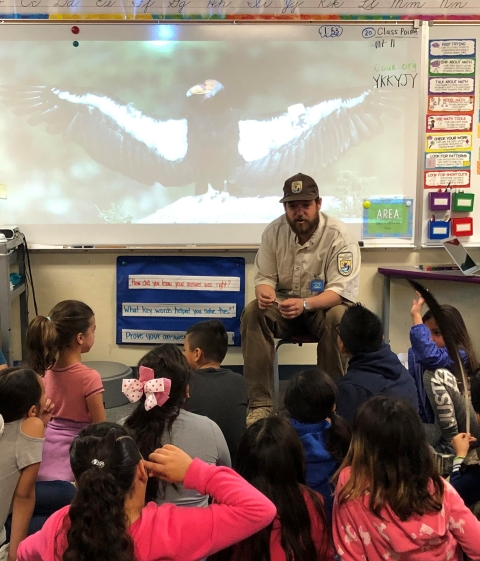We are the U.S. Fish and Wildlife Service, the only agency in the federal government whose primary responsibility is the conservation and management of fish, wildlife, plants and their habitats for the American people.
We offer a variety of opportunities to enjoy the outdoors and our shared natural heritage. And through our work to conserve natural resources, we provide communities with healthier environments, clean water, flood control and a strong economy.
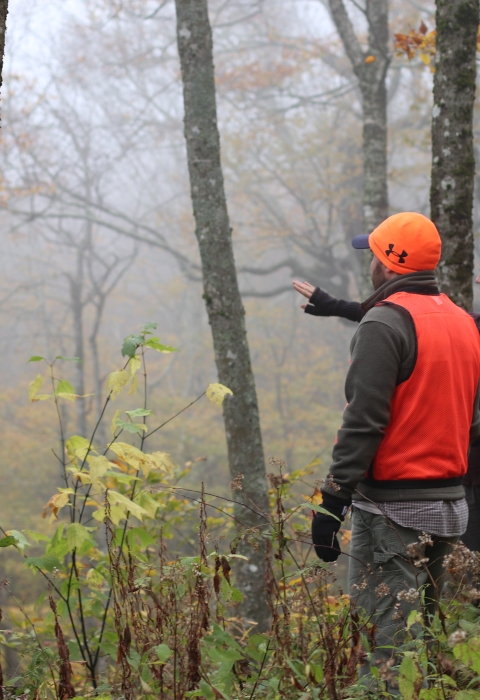
Learn about our priorities, statutory authority and functions.
History of Fish and Wildlife
The U.S. Fish and Wildlife Service is a bureau within the U.S. Department of the Interior and the nation’s oldest conservation agency. Our origins date back to 1871 when Congress established the U.S. Fish Commission to study why the nation’s food fishes were decreasing and recommend ways to reverse that decline.
Though the name of our agency has changed multiple times over the years, what endures is the collective dedication of Service employees to face the conservation challenges of their day—and now, our day—with ingenuity, integrity and hard work. Fortunately, our history shows that we’ve always been up to the challenge.
Our Locations
Latest Stories
You may also want to...
See Where Your Tax Dollars Go
Each year, the U.S. Fish and Wildlife Service develops an annual budget justification which defines our goals, objectives, and the funding necessary to accomplish them. Once approved, funds are allocated to programs and regions, and monitored to ensure those funds are used as mandated by Congress.
Do Business With Us
The mission of the U. S. Fish and Wildlife Service (FWS) is to work with others to conserve, protect, and enhance fish, wildlife, and plants and their habitats for the continuing benefit of the American people. In support of the mission, the FWS procures goods and services that include: land rehabilitation; information technology resources; construction projects; professional and nonprofessional services; supplies; and environmental studies. We look forward to working with qualified, capable contractors, including small businesses.
Work With Us
The range of career options available in the U.S. Fish and Wildlife Service is as wide as it is rewarding. A career with us might be just what you’re looking for if you’re passionate about supporting our mission and science, water quality, nature, air quality, fish, birds, mammals, reptiles, amphibians, native plants, or education. You can make a difference by bringing your unique experience, background, and perspective to our work.
